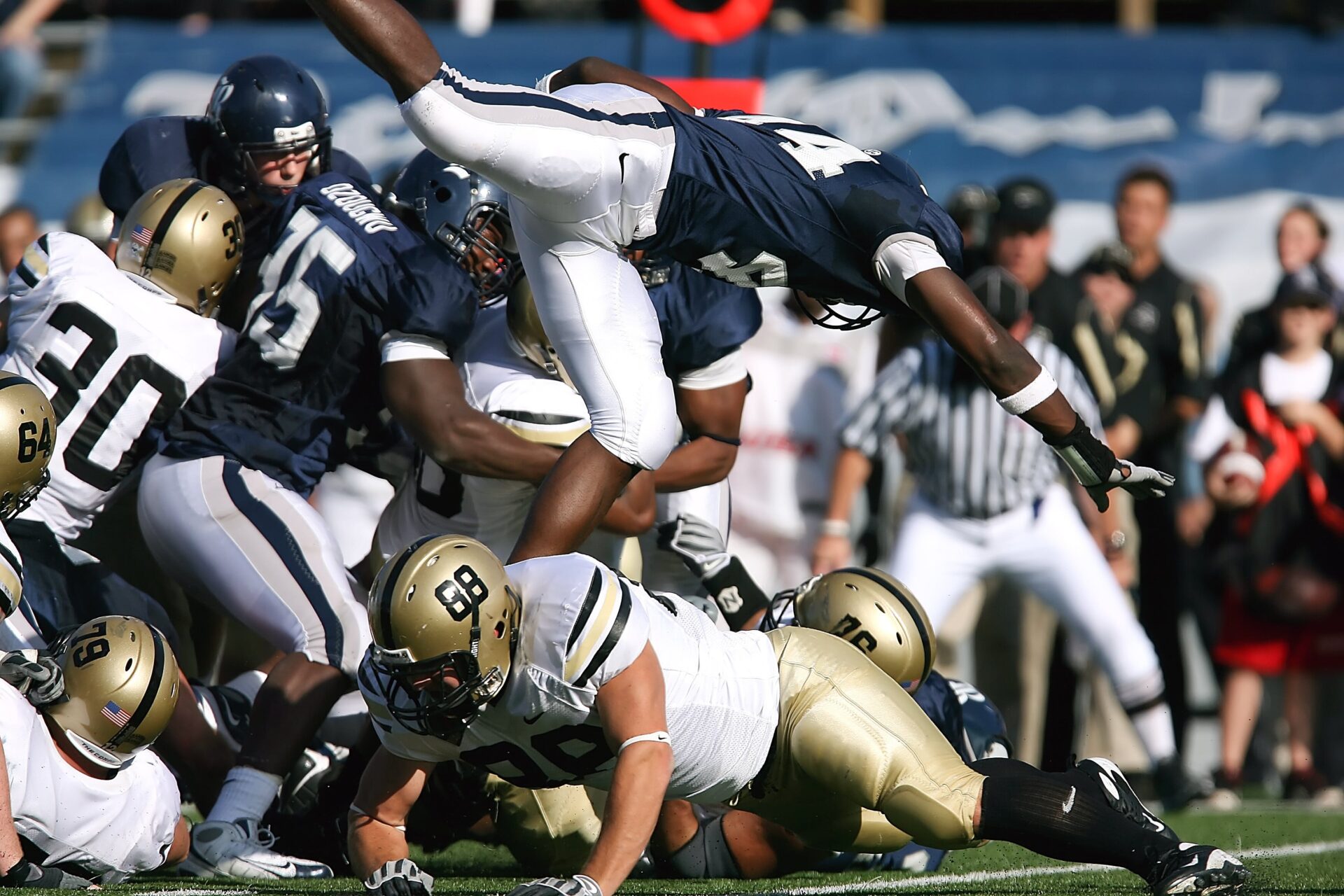Ball therapy, also known as exercise ball therapy or physio ball therapy, is a form of physical therapy that utilizes large exercise balls to improve strength, balance, flexibility, and coordination. This unconventional approach to rehabilitation has gained widespread attention for its effectiveness in helping individuals recover from various injuries and conditions. Case Studies in Ball Therapy: Real-World Success Stories is a compilation of real-life accounts showcasing the incredible outcomes achieved through this innovative therapeutic technique.
One unique fact to note about ball therapy is its versatility. Unlike traditional rehabilitation methods, which often involve repetitive exercises using machines or weights, ball therapy offers a more dynamic and engaging experience for patients. By incorporating the use of exercise balls, therapists are able to create a challenging yet enjoyable environment that stimulates different muscle groups and enhances overall body control. Furthermore, the unsteady nature of the ball forces individuals to constantly engage their core muscles, leading to improved posture, stability, and trunk control. These specific impacts make ball therapy a highly effective option for a wide range of conditions, from orthopedic injuries to neurological disorders.
In the following part of the article, we will delve into the key takeaways from these eye-opening case studies. Each success story will illustrate how ball therapy has transformed the lives of individuals, enabling them to regain mobility, independence, and confidence. From stroke survivors achieving remarkable strides in their recovery to athletes returning to peak performance after debilitating injuries, these real-world examples exemplify the power and potential of ball therapy. So, without further ado, let us explore the case studies that shed light on the profound impact of this groundbreaking approach to physical rehabilitation.
Key Takeaways
1. Ball therapy is a highly effective treatment method for various physical and neurological conditions, including cerebral palsy, autism, and multiple sclerosis. It has been proven to improve range of motion, balance, coordination, and overall functional abilities in patients.
2. Case studies demonstrate the positive impact of ball therapy on individuals of all ages and abilities. From children with developmental delays to adults recovering from stroke, the use of therapy balls enhances motor skills, sensory integration, and overall quality of life.
3. Successful ball therapy interventions often involve a multidisciplinary approach, combining the expertise of physical therapists, occupational therapists, and speech therapists. This collaborative effort ensures that all aspects of the patient’s condition are addressed, leading to comprehensive improvements.
4. The customizable nature of ball therapy allows for individualized treatment plans that cater to each patient’s specific needs and goals. Whether it involves exercises performed on the floor, sitting on a ball, or engaging in dynamic movements, the therapy can be adapted to suit various abilities and limitations.
5. Ball therapy not only focuses on physical rehabilitation but also promotes emotional well-being and social interaction. Through engaging and enjoyable activities, individuals build confidence, boost self-esteem, and develop social skills, fostering a holistic approach to overall development and recovery.
Understanding the Benefits of Ball Therapy
Ball therapy, also known as physiotherapy with exercise balls, has gained significant popularity as a non-conventional treatment method. This section explores the various advantages of ball therapy and its effectiveness in achieving real-world success stories.
1. Enhanced Balance and Stability
One of the key benefits of ball therapy is its ability to improve balance and stability. By performing exercises on an unstable surface, such as a therapy ball, individuals can challenge their core muscles and improve their overall balance skills. Successful case studies have demonstrated how ball therapy can significantly enhance stability and reduce the risk of falls and injuries.
2. Strengthening Core Muscles
Case studies have shown that ball therapy can effectively target and strengthen core muscles. The instability of the therapy ball forces individuals to engage their abdominal and back muscles to maintain balance during exercises. As a result, the core muscles become stronger, leading to improved posture, reduced back pain, and enhanced overall strength.
3. Rehabilitation and Injury Prevention
Ball therapy has proven to be an effective rehabilitation tool for individuals recovering from various injuries and surgeries. It offers low-impact exercises that gradually improve flexibility, range of motion, and strength. Additionally, engaging in ball therapy can help prevent injuries by improving body mechanics, balance, and postural control.
4. Improved Motor Control and Coordination
Engaging in exercises that involve ball therapy requires individuals to coordinate their movements and maintain control over their body. This practice helps enhance overall motor control and coordination. Real-world success stories have shown how ball therapy has aided individuals in improving their fine motor skills, balance, and functional movements.
5. Alleviation of Pain and Discomfort
Many case studies have reported the positive impact of ball therapy in relieving pain and discomfort. By engaging in therapeutic exercises on the ball, individuals may experience decreased muscle tension, increased flexibility, and improved joint mobility. This can lead to reduced pain levels and an overall improvement in the quality of life.
6. Versatility and Accessibility
Ball therapy offers a versatile and accessible approach to fitness and rehabilitation. The therapy balls are affordable, lightweight, and can be used in various settings, including clinics, gyms, or even at home. This section explores how the versatility and accessibility of ball therapy contribute to its real-world success stories.
Conclusion
In conclusion, case studies in ball therapy provide real-world success stories by enhancing balance, strengthening core muscles, aiding in rehabilitation, improving motor control and coordination, alleviating pain, and offering versatility. The benefits and effectiveness of ball therapy make it a valuable addition to various healthcare and fitness practices.
7. What are Some Tips to Get Started with Ball Therapy?
- Consult with a healthcare professional or a certified ball therapy specialist to ensure its suitability for your specific condition or goals.
- Choose the right-sized therapy ball based on your height and comfort level. Using an appropriately sized ball is crucial for achieving proper alignment during exercises.
- Start with simple exercises and gradually progress to more challenging movements. It’s essential to listen to your body and avoid pushing yourself too hard, especially if you’re a beginner.
- Ensure proper posture and alignment throughout the exercises. Engaging core muscles and maintaining correct form will maximize the benefits of ball therapy.
- Be consistent with your ball therapy routine. Regular practice will yield better results and help you achieve real-world success in your therapy journey.
Frequently Asked Questions
1. What is ball therapy?
Ball therapy refers to the use of exercise balls, also known as stability balls or Swiss balls, for therapeutic purposes. It involves performing various exercises and movements on the ball to improve strength, balance, flexibility, and overall well-being.
2. How can ball therapy benefit me?
Ball therapy can provide a range of benefits, including improved posture, core stability, muscle strength, and joint mobility. It can also help with rehabilitation after injuries, enhance athletic performance, and relieve stress and tension.
3. Are there any contraindications or precautions for ball therapy?
While ball therapy is generally safe for most individuals, there are some precautions to keep in mind. People with certain health conditions like severe balance or coordination issues, unstable or acute spinal conditions, or recent surgeries may need to consult a healthcare professional before starting ball therapy.
4. Can ball therapy help with back pain?
Yes, ball therapy can be effective in relieving back pain. The use of an exercise ball can help strengthen the core muscles that support the spine, improve lumbar spine stability, and promote proper posture. However, it’s important to consult with a healthcare professional for proper guidance and exercises tailored to your specific condition.
5. How often should I perform ball therapy exercises?
The frequency of ball therapy exercises can vary depending on individual needs and goals. However, it is generally recommended to start with 2-3 sessions per week and gradually increase as your body adapts. It’s also important to listen to your body and avoid overexertion or excessive fatigue.
6. Can ball therapy be used for weight loss?
While ball therapy alone may not result in significant weight loss, it can play a supportive role in a comprehensive weight loss program. The exercises can help burn calories, improve metabolism, and increase muscle mass, which ultimately contributes to weight management and overall fitness.
7. Can children and older adults benefit from ball therapy?
Yes, ball therapy can be beneficial for both children and older adults. For children, it can aid in developing gross motor skills, balance, and coordination. For older adults, it can help improve strength, stability, and flexibility, reducing the risk of falls and enhancing functional independence.
8. What equipment is needed for ball therapy?
The main equipment needed for ball therapy is an exercise ball of appropriate size and quality. It’s important to choose a ball that suits your body height and weight. Additional equipment such as resistance bands, dumbbells, or medicine balls may be used to add variety and challenge to the exercises.
9. Can I do ball therapy exercises at home?
Absolutely! Ball therapy exercises can be easily performed at home with minimal space and equipment. It offers the convenience of integrating therapeutic exercises into your daily routine without the need for expensive gym memberships or specialized facilities.
10. How long does it take to see results with ball therapy?
The time to see results with ball therapy varies depending on several factors, such as the individual’s starting fitness level, consistency of practice, and specific goals. Regular participation in ball therapy exercises combined with a healthy lifestyle can lead to noticeable improvements in strength, flexibility, and overall well-being within a few weeks to a couple of months.
Final Thoughts
Case studies in ball therapy present real-world success stories that highlight the transformative power of this therapeutic approach. By showcasing individual journeys and the positive outcomes achieved using ball therapy, these case studies demonstrate the immense potential for improving physical and mental well-being through targeted exercises on exercise balls.
Whether it’s an athlete recovering from an injury or an individual seeking relief from chronic pain, the case studies show how ball therapy can be tailored to meet specific needs and deliver remarkable results. They provide inspiration and motivation for both professionals in the field and individuals looking to embark on their own ball therapy journey.




